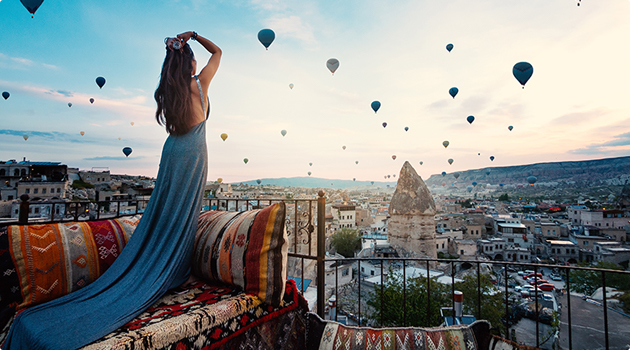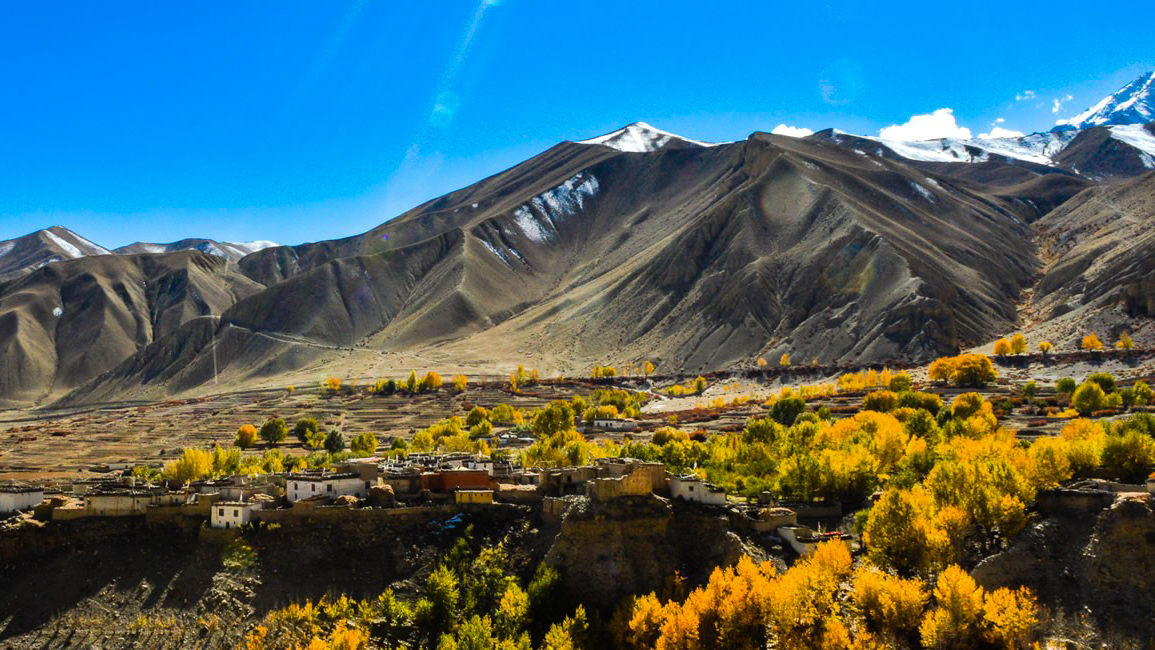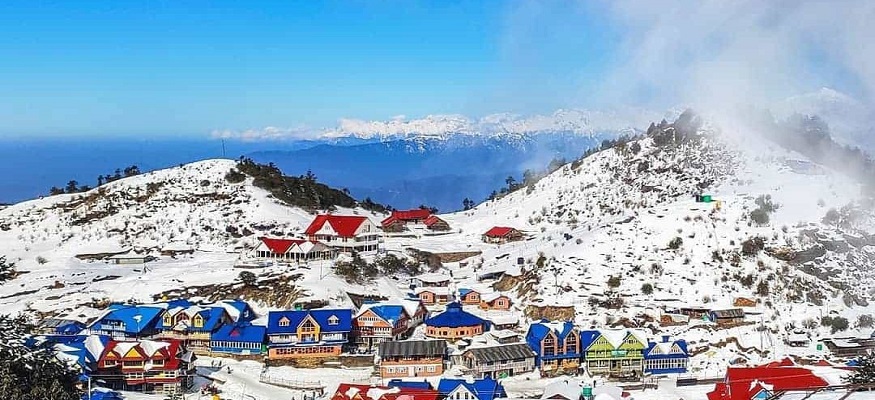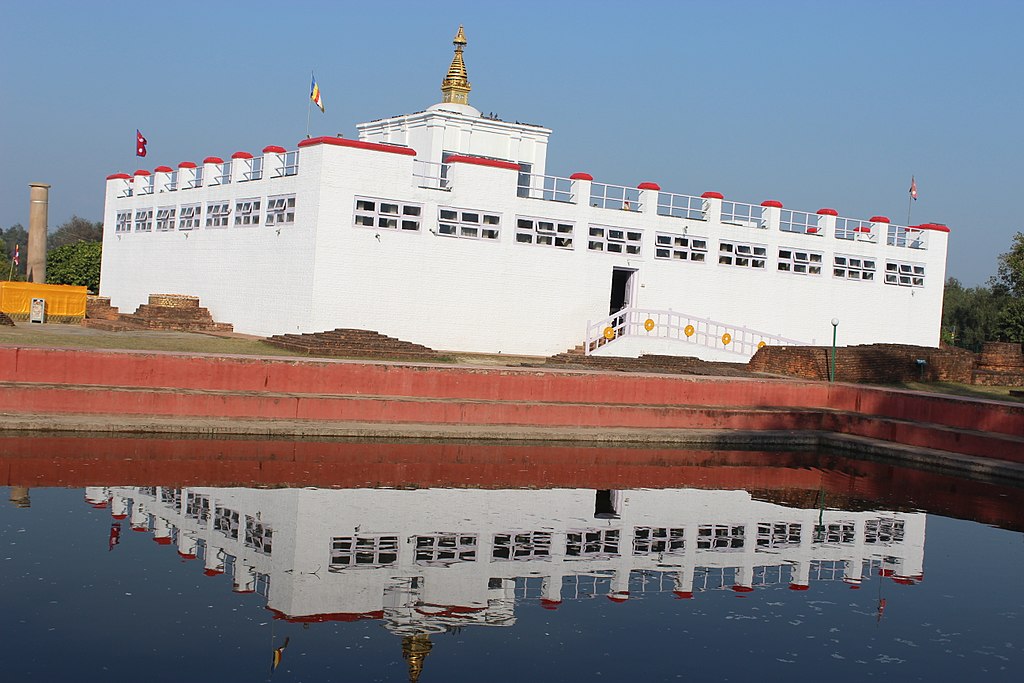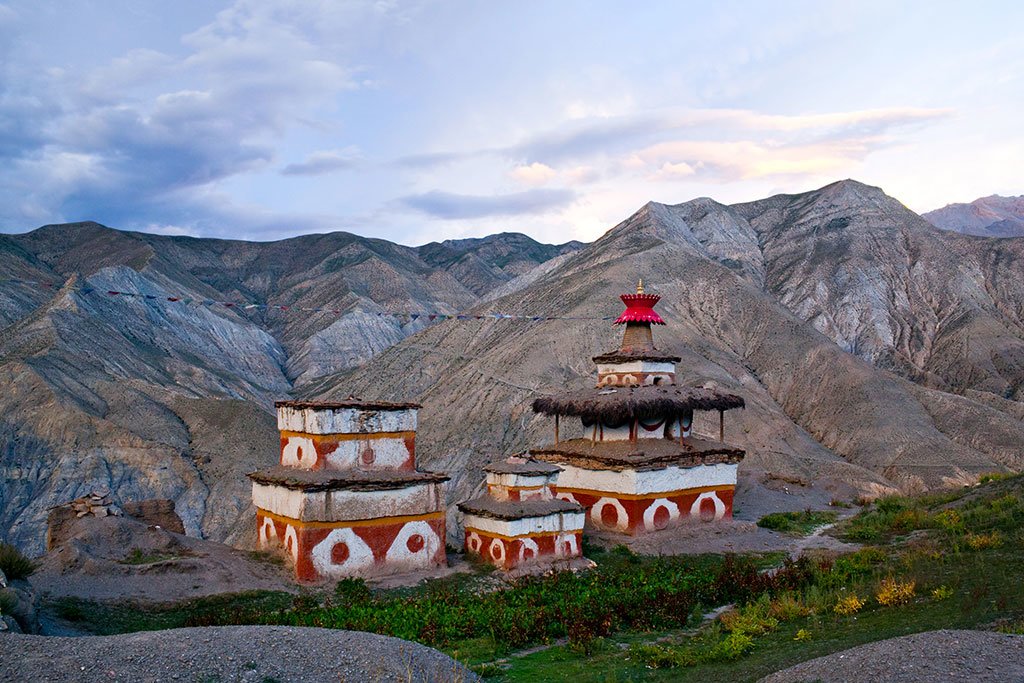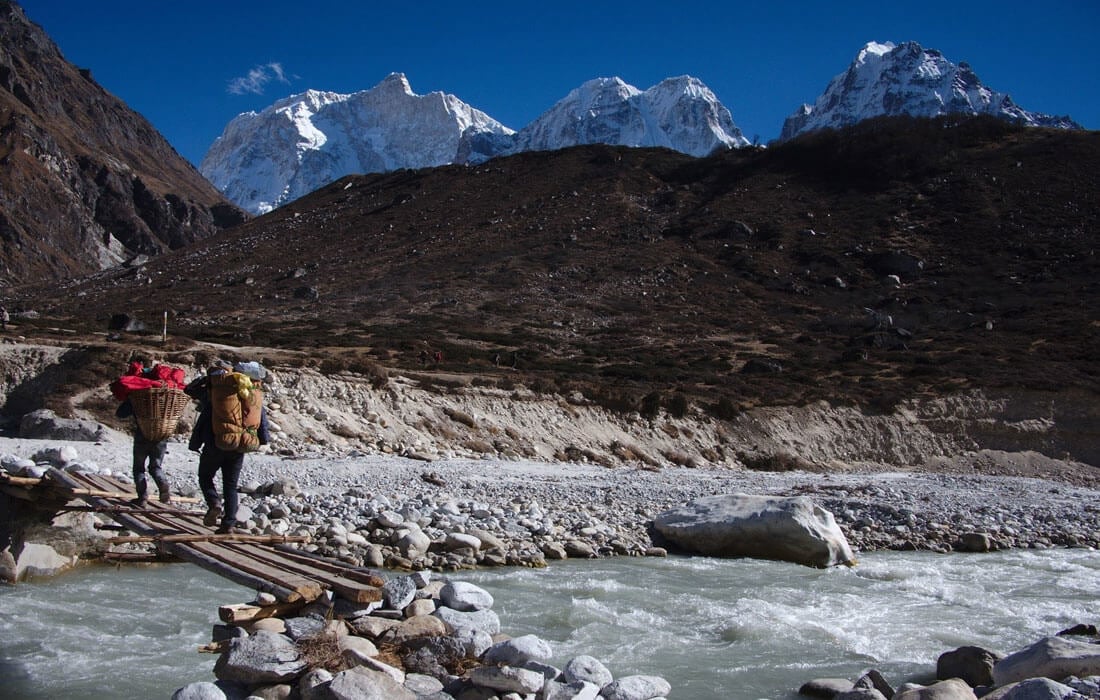From $0
Price Varies from Group Size
Success
Here goes about why the success toast occurred.
 Itinerary
Itinerary
Arrival in Kathmandu (1,400m)
Kathmandu to Dhap (2,932m)
Dhap to Jhapre (2,820m)
Jhapre to Pikey Base (3,640m)
Pikey Base to Pikey Peak (4,065m) to Junbesi (2,700m)
Junbesi to Thupten Chholing Monastery (3,040m) and back to Junbesi
Junbesi to Phaplu (2,469m)
Phaplu to Kathmandu
Departure from Kathmandu
 Services
Services
Includes
- Specialized bilingual guide experienced in the Pikey Peak region
- Private Transport (jeeps) between Kathmandu and trailheads
- Flight option from Phaplu to Kathmandu (weather dependent)
- Daily meals on the trek: breakfast, lunch, and dinner
- Services of an experienced guide and porter during the trek
- All essential trekking permits, including national park fees
- Accommodation throughout the trek (teahouses and guesthouses)
Excludes
- Additional accommodation due to weather delays affecting flights
- Comprehensive travel and medical insurance for the trek
- Gratuities for the guides, porters, and trekking support staff
- International flights and entry visa fees for Nepal
- Personal trekking equipment and gear (sleeping bags, jackets, etc.)
- Extra food and drinks beyond the standard meals provided
- Optional activities or side trips not mentioned in the itinerary
 Good to Know
Good to Know
Prepare for significant temperature variations between day and night; carry cash as there are limited ATMs outside Kathmandu; bring a good camera with spare batteries for the spectacular mountain vistas; respect local customs by asking permission before photographing people or monasteries; consider a mid-range sleeping bag (-5°C to -10°C) as nights can be cold; train with some uphill walking before the trek; and check flight availability from Phaplu to Kathmandu in advance during peak season.
Wildlife Encounters
While trekking, keep an eye out for:
Himalayan tahr (wild mountain goats), Musk deer in forested regions, Red pandas (rare but present in the forests), Various pheasant species including the colorful danphe, Birds of prey including eagles and falcons, Numerous small bird species in the rhododendron forests, Various butterfly species, especially abundant in spring, Himalayan langur monkeys
 Reviews
Reviews
 FAQs (Frequently Asked Questions)
FAQs (Frequently Asked Questions)
Is this trek suitable for families with children?
Yes, for families with children aged 10 and above who enjoy hiking. The moderate altitudes, manageable daily distances, and relatively comfortable teahouses make this an excellent introduction to Himalayan trekking for younger adventurers. The cultural experiences and diverse landscapes keep children engaged throughout the journey.
How does Pikey Peak compare to the Everest Base Camp Trek?
Pikey Peak offers superior panoramic views of Everest and surrounding peaks in a much shorter timeframe (7-10 days vs. 12-14 days) and at significantly lower altitudes (4,065m vs. 5,545m at Kala Patthar). It features more authentic cultural experiences in less-touristed villages but lacks the prestige and close-up glacial landscapes of the EBC trek. Many trekkers find Pikey Peak offers a better views-to-effort ratio.
What permits do I need for this trek?
You'll need the Gaurishankar Conservation Area Permit (GCAP) and the standard TIMS (Trekkers' Information Management System) card. Your trekking agency will arrange these permits, which are less expensive and complicated than those required for restricted regions of Nepal.
What is the best time of year for this trek?
October to November offers the clearest mountain views with stable, dry weather and moderate temperatures. March to May features spectacular rhododendron blooms that transform the hillsides into carpets of red, pink, and white flowers, though occasional spring haze can affect distant mountain views. December to February can be cold but often clear and quiet, while the monsoon season (June-September) is generally not recommended.
What type of accommodation can I expect?
Basic but comfortable teahouses exist in all overnight locations. Expect private or shared rooms with simple beds, common dining areas with heating (usually a wood stove), and basic toilet facilities. Hot showers may be available for an additional fee in some locations. Junbesi and Phaplu offer relatively better facilities compared to higher elevation stops.
Is it possible to do this trek independently?
Yes, the Pikey Peak trek follows reasonably well-marked trails through villages with regular teahouses, making independent trekking possible for experienced hikers. However, a guide enhances the cultural experience significantly and provides valuable local knowledge about viewpoints, side trails, and monastery visit opportunities that independent trekkers might miss.
How reliable is the WiFi and phone connectivity?
Connectivity is limited but better than on many remote treks. Phaplu and Junbesi usually have cell phone coverage, while higher points on the trail may have sporadic signals. WiFi is available in some teahouses in larger settlements but is typically slow and sometimes unreliable. Plan for limited connectivity during most of the trek.
What's the food like on the Pikey Peak Trek?
Teahouses offer a standard menu featuring Nepali staples like dal bhat (rice with lentil soup and vegetables), along with Sherpa specialties such as potato pancakes and noodle soups. Some larger teahouses in Junbesi and Phaplu may offer limited continental options like pancakes, pasta, and simple pizzas. Fresh vegetables become scarcer at higher elevations, but overall food quality is typically good.
Can I combine this trek with other routes?
Yes, the Pikey Peak trek connects well with other routes in the lower Khumbu region. It can be extended to include Dudh Kunda (a sacred lake), combined with the classic Jiri to Everest Base Camp approach route, or linked to the Numbur Cheese Circuit for a more comprehensive lower Solukhumbu experience. Discuss customization options with your trekking agency based on your interests and available time.
How should I prepare physically for this trek?
Regular cardiovascular exercise for 4-6 weeks before the trek is recommended. Focus on uphill walking, stair climbing, or hiking with a light daypack to prepare for the terrain. Unlike more challenging high-altitude treks, extensive pre-trek conditioning isn't necessary for reasonably active people, making Pikey Peak accessible to a wider range of trekkers.
